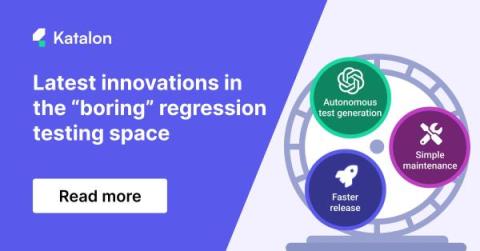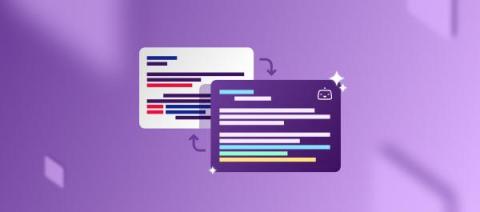All the 9s in the World Won't Save You from Taylor Swift
Taylor Swift's Eras Tour broke records, hearts, and the Internet itself. Even if you're not a Swiftie, web developers and QAs can learn many lessons from this event. Marcus Merrell explains.











